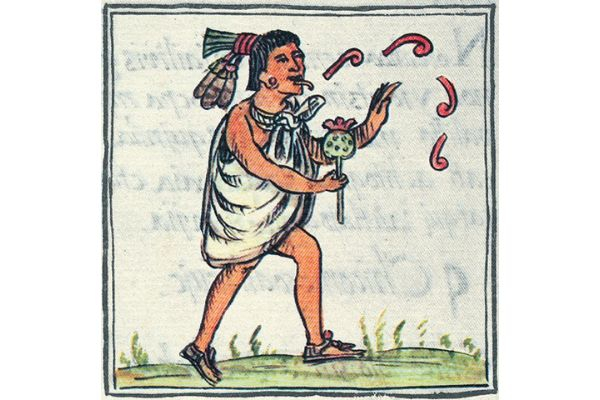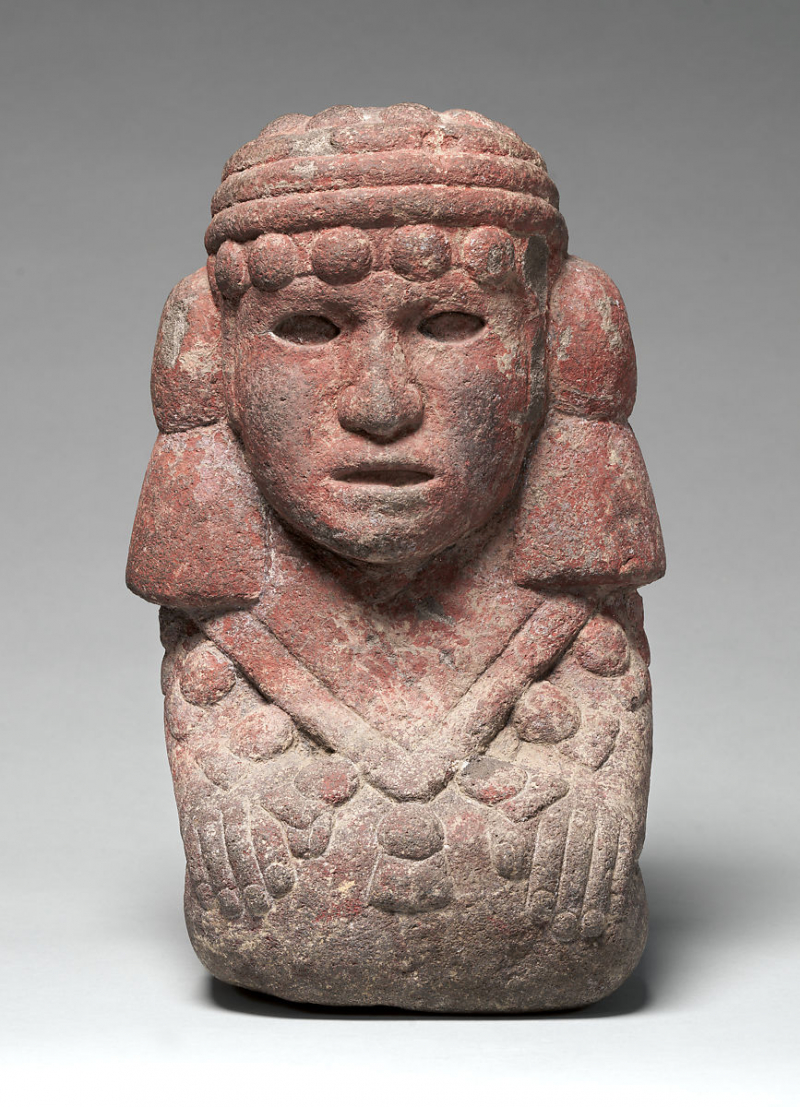The Aztec Had A Rich Tradition In Poetry And Sculpture
In the 15th and 16th centuries, the Aztec culture, based in Tenochtitlan, ruled most of Mesoamerica. With military conquest and trade expansion, the Aztec civilization's art spread, assisting the Aztec civilization in achieving cultural and political hegemony over their subjects and leaving a physical record of the artists' artistic vision and remarkable talent for posterity. This is also one of the major achievements of the ancient Aztec civilization.
Song and poetry were the highest forms of art in Aztec society, with competitions held at major festivals. Parallelism, which is the use of a structure of embedded couplets to express diverse perspectives on the same material, was a significant feature of their poetry. The Aztecs used to pass down their poetry orally, and compilations of their poems were only created after the Spanish conquest. Romances de los Seores de la Nueva Espaa is the most well-known of these. Flute and drums were among the musical instruments used by the Aztecs. They were skilled at carving stone and wood sculptures of all sizes, from small figurines to enormous monuments. The Sun Stone, also known as the Aztec calendar stone, is possibly the most well-known piece of Aztec sculpture. The Aztecs produced a wide range of magnificent pottery that was in high demand in Mesoamerica. They also fashioned jewelry out of gold, silver, copper, jade, and obsidian, among other materials. Featherwork, on the other hand, was their most cherished art form, which their artists made by weaving together vividly colored feathers to create cloaks, headdresses, and other items.












